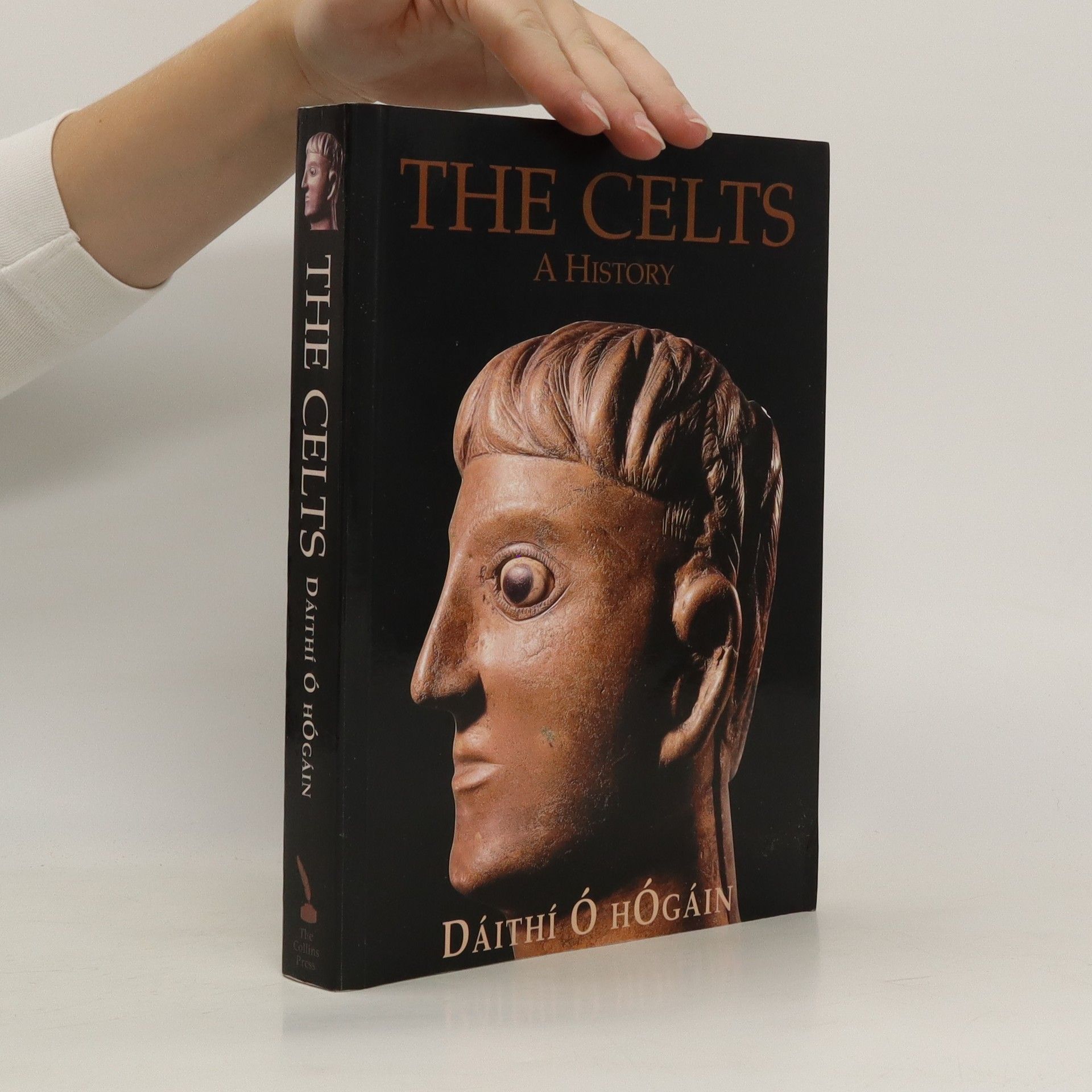The definitive reference book on Ireland's cultural and religious heritage. Ireland has one of the finest cultural heritages and a standard reference book combining the related subjects of folklore, myth, legend and romance is long overdue. There are 350 substantial entries, in alphabetical order from Abán, a 6th-century saint, to Weather, all with full references to sources, a synopsis of relevant stories, and discussion of their origin, nature and development. These are complimented by a genre-list of material under various headings, such as Mythical Lore, Fianna Cycle, Ulster Cycle, King Cycles, Peoples and Traditions, Religious Lore, and Folk Custom and Belief. There is also a wealth of genealogical detail, indicating how historical and social circumstances have influenced the growth and spread of Irish lore. DAITHI O HOGAIN, Associate Professor of Irish Folklore at University College Dublin, was an international authority on folklore and traditional literature.
Dáithí Ó Hógáin Volgorde van de boeken
Deze auteur verdiepte zich in de rijkdom van de Ierse taal en cultuur en creëerde werken in zowel het Iers als het Engels. Zijn uitgebreide onderzoek naar folklore, met name Ierse manuscripten en achternamen, verrijkte archiefcollecties en documenteerde een diep cultureel erfgoed. Door zijn poëzie en korte verhalen verkende hij thema's die resoneren met de Ierse identiteit, waarbij hij vaak de lyrische en diepgaande stijl van de Ierse taal gebruikte. Zijn geschriften getuigen van zijn toewijding aan het bewaren en vieren van Ierse tradities voor toekomstige generaties.



- 2023
- 2009
Przez prawie dwa tysiące lat Celtowie stanowili jedną z głównych grup ludów indoeuropejskich kształtujących kulturowe, etniczne i polityczne oblicze Europy. W pierwszym tysiącleciu przed naszą erą z pierwotnych siedzib w dorzeczu górnego Dunaju rozprzestrzeniali się niemal we wszystkich kierunkach, tak iż wpływ ich i osadnictwo sięgnęły z jednej strony Wysp Brytyjskich i Półwyspu Iberyjskiego, z drugiej – Bałkanów, a nawet Azji Mniejszej. Później, w wyniku klęsk w konfrontacji z imperium rzymskim oraz naporu Germanów, ich potęga gwałtownie się skurczyła. Celtyckie społeczności i kultura przetrwały jedynie na zachodnich obrzeżach Europy. Daithy Ó hÓgáin śledzi kulturowe, militarne i polityczne dzieje Celtów od najstarszych, identyfikowanych z nimi kultur archeologicznych, poprzez burzliwe dzieje ekspansji i walk po uformowanie się celtyckich państwowości we wczesnym średniowieczu – od Bretanii, przez Walię i Irlandię, po Szkocję. Obszernie wykorzystuje informacje zawarte w klasycznych dziełach pisarzy greckich i łacińskich, przytaczając wiadomości i opinie o Celtach z pism Strabona, Pliniusza Starszego, Juliusza Cezara i innych. Daithy Ó hÓgáin jest wykładowcą na University College w Dublinie i uznanym specjalistą w dziedzinie historii kultury, literatury i folkloru Irlandii. Opublikował m.in. opracowania The Sacred Isle. Belief and Religion in Pre-Christian Ireland (1999) i Historic Ireland. 5000 Years of Ireland’s Heritage (2001) oraz encyklopedię The Lore of Ireland. An Encyclopaedia of Myth, Legend and Romance (2006).
- 2002
The Celts A History
- 297bladzijden
- 11 uur lezen
"Celtic-speaking peoples were one of the most important population groups to spread across the ancient European continent. From 800 B.C. to 1050 A.D. their story is one of expanding power and influence followed by contraction and near-extinction." "Drawing on all possible sources of evidence, from archaeological remains of ancient Greece and Rome to surviving cultural influences, Daithi O. hOgain outlines the history of the Celts. He follows the evolution of their culture as it gained strength on its two-thousand-year passage westwards through Europe, through the upheaval of the early middle ages to 'twilight' and decline in the west." "The influence of the Celts is far more widespread than its fragmented survival in the outer fringes of western Europe indicates; this once important culture is still a vital component of European civilisation and heritage, from east to west. In tracing the course of the history of the Celts, O. hOgain shows how far-reaching their influence has been."--Jacket